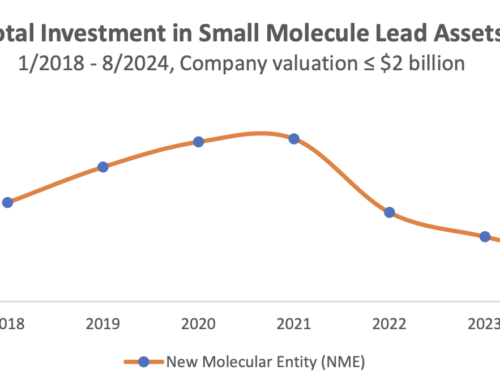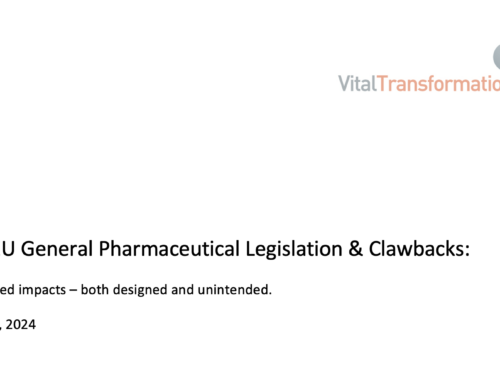Daniel Gassull, Duane Schulthess, Stuart Suttie, Graeme Houston; Health Policy and Technology
12th September, 2013
Abstract
The Whole-Body Magnetic Resonance Angiography (WBMRA) consists of a contrast-enhanced Magnetic Resonance Angiogram (MRA) scan of the entire body in a single step. In the diagnosis of cardiovascular co-morbidities in Peripheral Arterial Disease (PAD), the utilization of WBMRA can streamline the diagnostic process by minimizing the usage of MRA, CT, and Angiograms. In this work, the potential cost savings to the hospital by using WBMRA in PAD are modeled based on collected data that accounts for all interventions in the radiological department of a set of 50 patients with Claudication in the period 2008–2012 at Ninewells Hospital (NHS Tayside). As the application of WBMRA is only marginally more expensive than lower-limb MRA, a large gain in efficiency is possible by eliminating unneeded MRA by 25% and Angiograms by 30% as well as several steps of consultations. We estimate that this can save up to £1.2M in NHS Tayside and Fife, £7.5M in Scotland and £90M in UK per annum. In addition, WBMRA can save £20M per year in the UK in the treatment of Diabetes.
Click here to view the full report.







